Travel Essentials: The Uniform
One of the toughest challenges of my experiment in long-term remote living and travel was figuring out how I was going to dress myself out of a carry-on suitcase for an entire year.

I’ve never considered myself to be fashionable,1 so my first instinct was to cop out and buy everything from a “world traveler” type of company like Exofficio.
Screw it: I’d look like a retired-comptroller-turned-sailing-enthusiast, and uppity fashion snobs who would scoff at my cargo pockets and armpit air vents could kiss my ass.
The problem with going sailboat captain, though, is that in recent years I’ve really started to enjoy building my own style. I’ve had a lot of help from my friends with good fashion sense, and over the last couple of years I’ve built up a semi-respectable wardrobe.
Wearing an outfit that’s stylish makes me feel like an adult. I have a sense of being put together, and that helps me move through my day-to-day life with a little more confidence. It’s a small detail, but one that makes a noticeable difference.
I don’t want to forfeit my fashion sense while I travel — this means copping out wasn’t (and isn’t) an acceptable option for me.
Instead, I took a look at what some of the men in the fashion industry were doing, and I saw something interesting: a lot of these fashionable men wear the same thing every day.
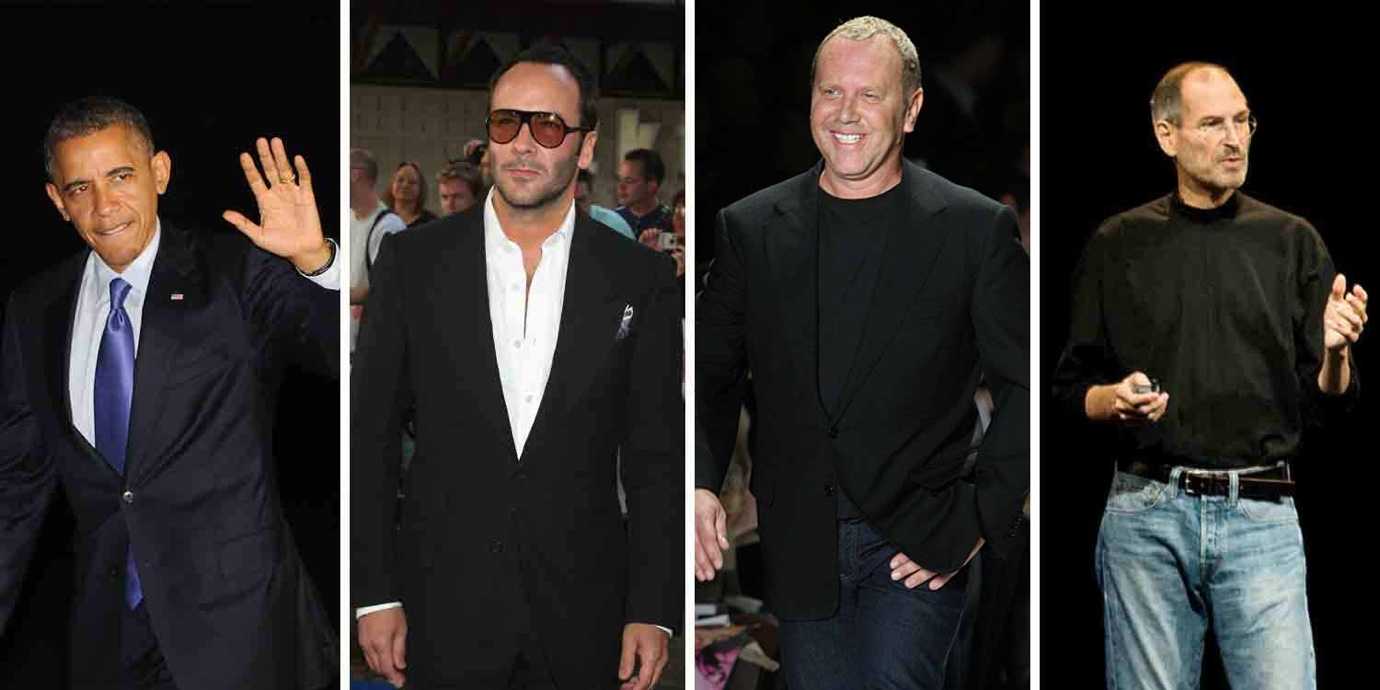
Tom Ford and Michael Kors wear almost the exact same outfit every day. Their uniform is a kind of trademark for them.
Once I noticed the uniform on fashion designers, I started to notice it on other well-known people, such as Barack Obama and Steve Jobs.
(It’s worth noting that a lot of fashionable women, including Vera Wang, do the same thing. But I’m not going to pretend to have an opinion on what the ladies should pack for long-term travel, so I’m only focusing on men’s clothing. My travel partner Marisa Morby has written a post on how she’s dressing for a year of travel; I’d recommend her post over mine for the ladies.)
This uniform thing looked promising. I could wear the same thing every day and still look fashionable? Yes, please.
Why a Uniform Is a Good Idea
I carry everything I own in a bag at least once every couple months.
This is excellent motivation to pack light.
Choosing to wear a uniform eliminates options, which reduces the number of items needed to put outfits together.
Additionally, the simplicity removes a decision from my morning.2 And while I’m not making hundreds of critical decisions every day, I do want to cut down on decision fatigue as much as possible to leave that mental space available for the decisions I actually care about.
How to Choose a Uniform
When it came down to actually choosing the uniform, I struggled a bit. This is what I’ll wear every day, so it should be a really stellar outfit, right?
Should I try to make a statement and rock a huge bowtie like Alber Elbaz? Suit-shorts like Thom Browne?
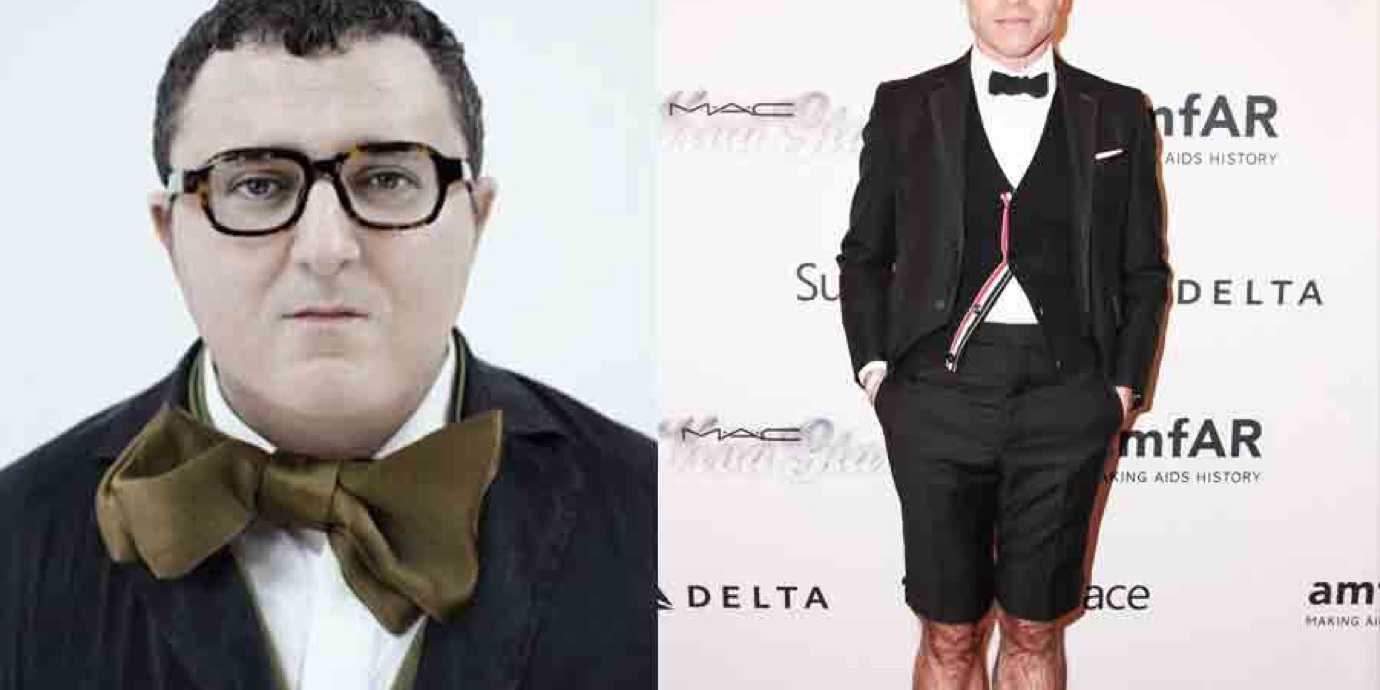
Maybe I should go for the ultra-casual look Steve Jobs and Mark Zuckerberg are known for?
I briefly entertained the idea of becoming The Guy In Brightly-Colored Chinos. Maybe I’d always wear ostrich boots. Or I could give Craig Sager a run for his money with my brightly-colored getups.
After a while, I started to feel like maybe this was all too much work and something that only the famous and ultra-chic can pull off.
Keep It Simple
After a brief existential meltdown — what does fashion even mean, anyways? — I realized I was horribly overcomplicating the concept. The entire goal of a uniform is to simplify your wardrobe, not add a bunch of extra work to it. I should be looking at what I already wear most of the time, and putting my uniform together from there.
I looked at my closet and considered how each article of clothing was worn through different seasons. What did I wear year round? What did I only wear for a particular season (and was there a way to replace those items with something less seasonal)?
Once I started thinking along the lines of simplicity, the process became far less overwhelming, and my uniform started coming together.
Keep It Flexible
Since I won’t be traveling with a full closet, my uniform needs to be appropriate for any situation I find myself in. Can I wear it to a fancy steak dinner at an upscale restaurant? A dive bar? A business meeting?
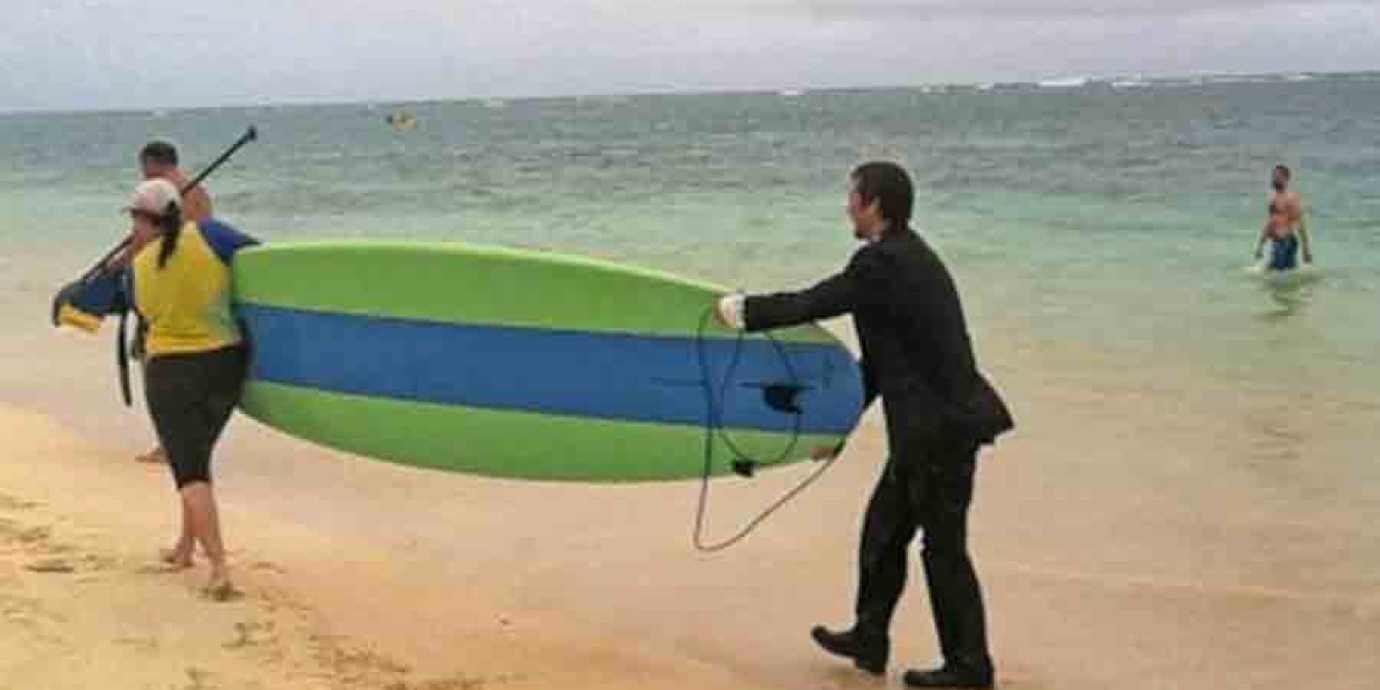
I love the idea of looking sharp, but packing a tuxedo requires an awful lot of space in my suitcase for a very small number of situations. I needed to look at more moderate options — something that wouldn’t get me barred from an upscale venue, but that I could also wear in casual situations without looking severely overdressed.
To that end, I looked at my wardrobe and tried to think of ways that I could take my basic uniform and dress it up or down with a few simple (and easy to carry) accessories.
My Uniform
Currently, my uniform consists of:
- A solid-colored t-shirt (usually black)
- Jeans or dark chinos
- Boots or sneakers
This is my base. It’s casual on its own, which feels comfortable and easy to manage. (And — truth be told — I’m pretending it makes me look like Ryan Gosling.)
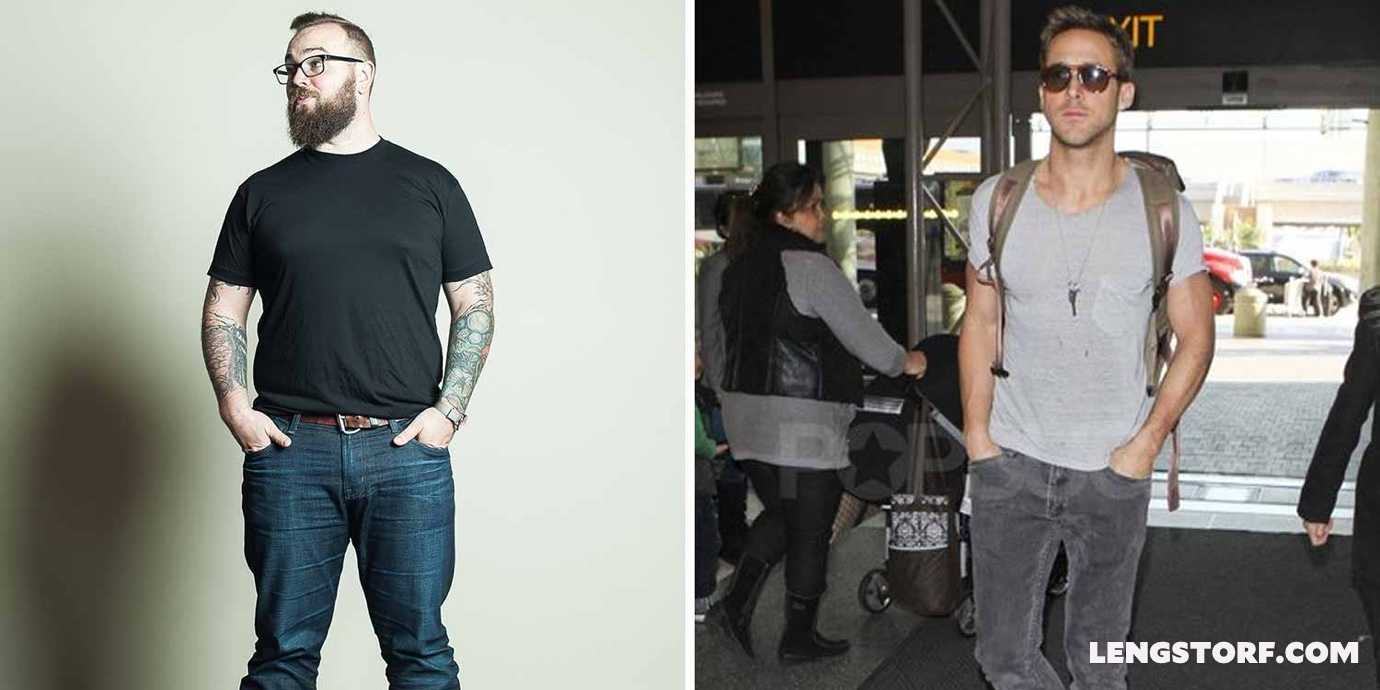
I feel comfortable wearing this outfit to nearly any event or meeting I can imagine myself being invited to, and it’s very low maintenance.
To add a touch of “I’m a Grown Up” to the outfit, I always wear a reasonably nice watch.3 I’m not one for a lot of accessories, so a watch is usually as far as I go.
Dressing Up a Uniform
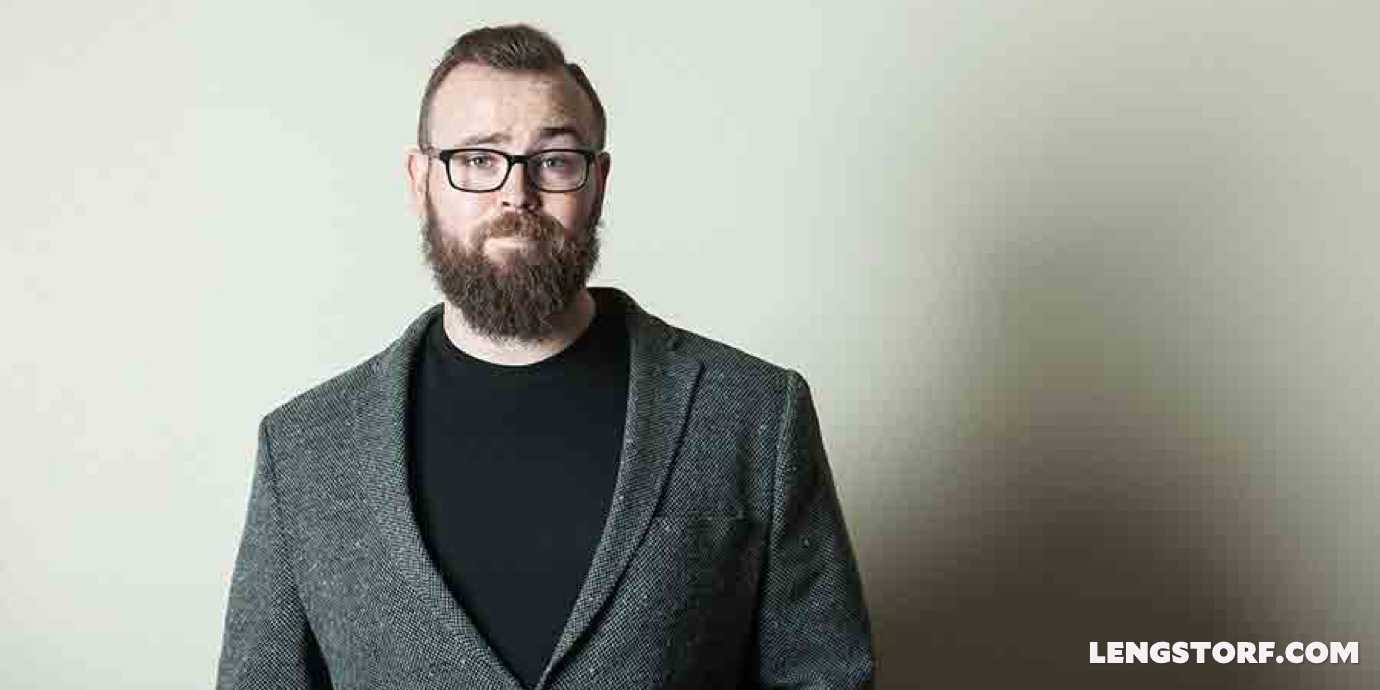
On occasions where I need to look a little fancier, I pack one tweed blazer. Over my jeans, it’s only a little dressy; over the chinos it looks almost fancy.
If a blazer isn’t right, I also have two sweaters; these dress up the outfit a little bit without looking too dressy. (They also serve a dual purpose, which I’ll touch on a bit later.)
Originally I’d planned to bring a pair of nice (ish) shoes, but I opted to just wear my work boots instead; they almost look like dress shoes, and I wanted to avoid taking up the extra space in my bag.
Adapting a Uniform to Warm Weather
For warm weather, I have a pair of linen shorts and a pair of board shorts that doubles as a swimming suit. Both are small, so I can roll them up and tuck them into a small crevice in my bag. A t-shirt and shorts is a simple casual outfit, and in warm weather there’s not much else I’d want to wear.
I pack a pair of flip flops for warm days and beaches, which also come in handy for shared bathrooms and showers.
Adapting a Uniform to Colder Weather
First, it’s important to note that — assuming you’re traveling for an extended period of time and you have some control over your schedule — you can usually control the weather for your trip by choosing locations that fall within a range you deem comfortable.
My goal while traveling is to avoid any climate where the temperature drops below 40°F/5°C. This eliminates the need to pack really heavy winter gear and simplifies my packing.
I currently pack a light cotton jacket and a slightly heavier overcoat. On their own, these are both great fall weather jackets, and since I tend to be too hot before I’m too cold, they’re usually more than enough for me.
Take Advantage of Layers
The secret to staying warm with a uniform is layering. Those sweaters I mentioned earlier go a long way toward adding some warmth, and fit nicely under my lighter-weight jackets.
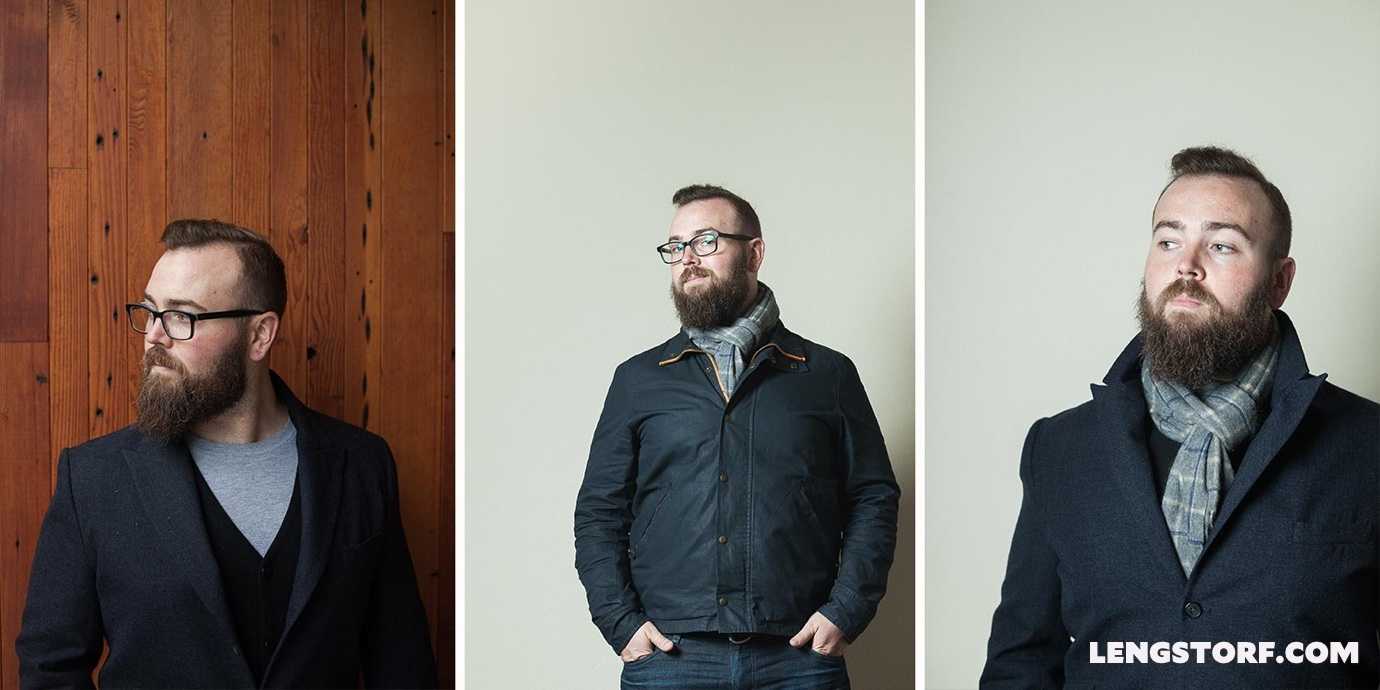
I also pack a scarf that looks nice under my lightweight jacket or my overcoat and — using a sweater as a makeshift liner — makes both coats nice and warm as long as the temperature doesn’t dip below freezing.
What I haven’t packed — and we’ll see if I regret it later — is a hat or gloves.4 I’m usually just fine with my hands in my pockets, and my ears don’t get too chilly when the temperature is above freezing.5
Your Uniform Should Make Sense for You
My uniform makes perfect sense for my taste: I prefer weather that stays in the sort-of-cool to warm range, where I can wear jeans and a light jacket, so I’ve built a uniform around that look.
If you’re into winter sports and expect to be in cold climates, your uniform will probably look a little different6 from mine. Likewise if all of your travel takes you to tropical climes.
When you start putting together your uniform, consider three factors:
- What do I actually feel comfortable wearing?
- What type(s) of weather should I be expecting?
- What kind(s) of events, venues, and situations will I find myself in?
The answers to those questions help eliminate unnecessary items until you can assemble a uniform that meets all your different needs and maximizes the space in your suitcase.
Remember: This Is Not Final
If you don’t bring something and you end up needing it, you can always purchase that item while you’re traveling.7 If you can’t think of a realistic, actual scenario where you’ll use an item, leave it behind. Don’t carry around crampons and a pickaxe because you might go rock climbing if you meet someone on your travels who is also a rock climber and you’re invited; leave that shit behind and rent equipment for the one or two days you’ll use it.
Just because it fits in your bag doesn’t mean you need it. And just because you didn’t pack it doesn’t mean you can’t get it later.
Plans will change. It’s probably not going to go exactly the way you’re picturing it. Don’t worry about it: you can adjust as you go along.
Do You Wear a Uniform?
Would you consider wearing the same outfit every day? Or does that sound horrible to you? Jump over to the discussion and let’s talk about the finer points of fashion.
In high school I was the polar opposite of fashionable: I once wore a form-fitting, ribbed, stretchy, white shirt under a tan fisherman-style vest that would have looked great on a boy band, with grey vinyl pants covered in reflectors (with 45” leg openings) and glow-in-the-dark shoes. I wish I was making this shit up.
This was one of the most common reasons the famous folks cited when asked about their uniforms. “I’m trying to pare down decisions. I don’t want to make decisions about what I’m eating or wearing, because I have too many other decisions to make,” President Obama told Vanity Fair.
I would love to graduate to the fancy watches, but that Panerai isn’t quite within my reach yet.
After a week in Milan, I decided it was the right decision not to bring gloves. It was around freezing the whole time, and while gloves wouldn’t have hurt, I was also plenty warm with my hands in my pockets.
The fact that I’m about 25% bear doesn’t hurt; I’m more likely to be too warm than too cold.
Probably not too terribly different, though. With long underwear, a winter hat, and warmer socks, I could probably handle fairly cold weather without being too miserable.
I’m not traveling in any developing countries — my job required reliable wifi — so I’m almost always a short walk away from a clothing store.
What to do next.
If you’re like me, the idea of traveling permanently while making a living probably seems like a dream — but you don’t think you can pull it off.
I felt that way right up until I actually boarded a flight to leave the United States back in 2014 — and now I can’t believe I didn’t start living this life sooner.
The secret to a life on your terms — work where and when you want, living anywhere in the world — is remote work. And there’s good news: it’s easier than ever before to join the ranks of location-independent workers around the world.
I want to help you. The best remote workers all have a set of non-technical skills, and I’ve put together a free 6-point checklist to help you master them — and ultimately master your time and ability to work anywhere in the world.